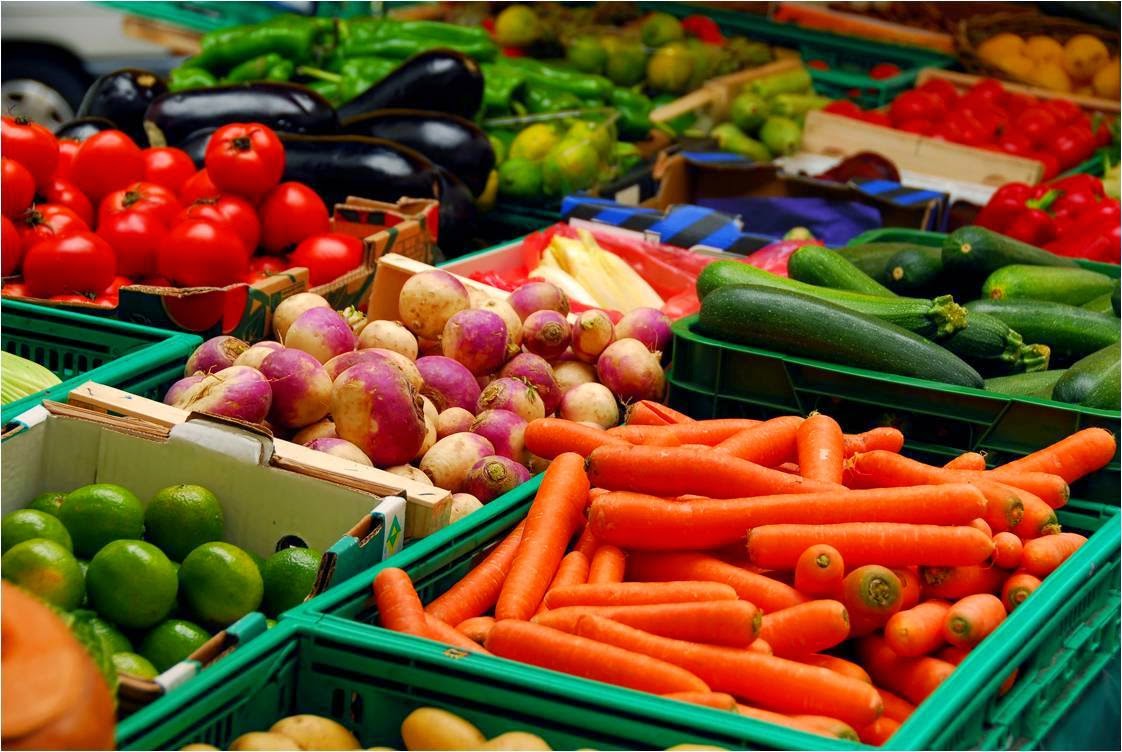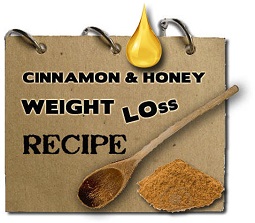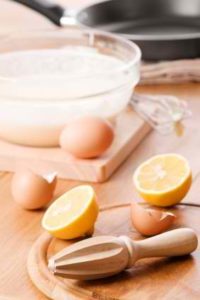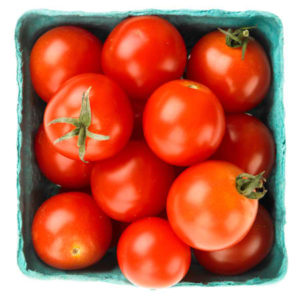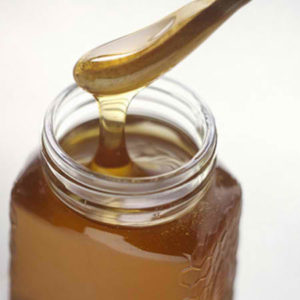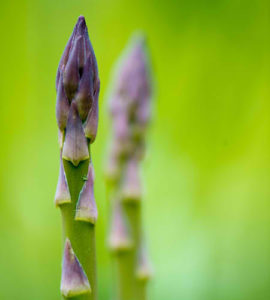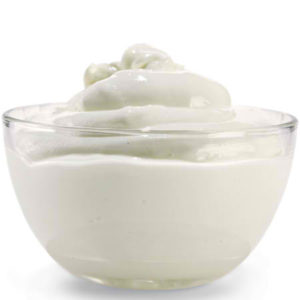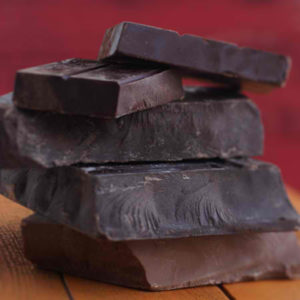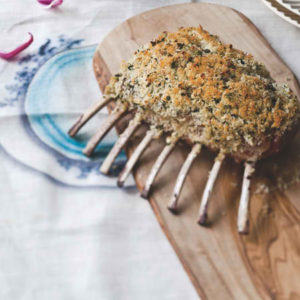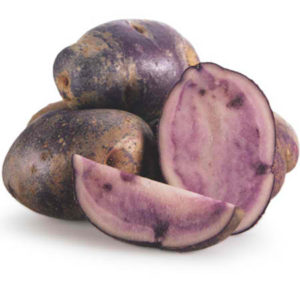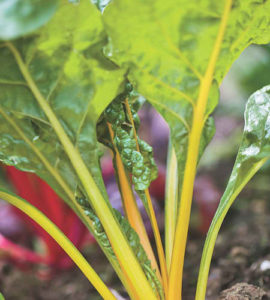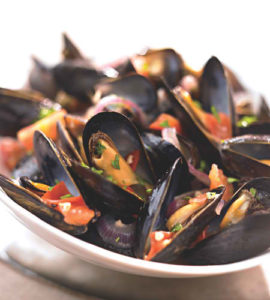Canker
sores (also called as “aphthous ulcers” or “aphthous stomatitis”) are
minute lesions or ulcers generally found at the bottom of the gums in
the mouth. They make talking and eating painful. They can also be seen
on the tongue, internal lining of the cheeks, and inside the lips.
Canker sores can be categorized into 2 types- simple canker sores and
complex cancer sores.
Simple sores come into view 3-4 times a year in people between the
age of 10 and 20 years, and may last up to a week. Complex sores appear
less frequent in those people who have previously had them.
Causes of Canker Sores
Generally, any of the following causes can be a reason for canker sore:
For simple canker sores:
Tissue injury.
Certain foods such as acidic or citrus vegetables and fruits which
includes lemons, pineapples, oranges, figs, apples, strawberries, and
tomatoes.
Sometimes a dental appliance or a pointed tooth surface, for example,
ill-fitting dentures or braces might also set off canker sores.
A slight injury caused by eating coarse foods such as nuts and chips or by biting the internal portion of the mouth.
Menstrual period.
Food allergies.
Trauma to the mouth.
Bacterial infections.
For complex canker sores:
An impaired immune system.
Nutritional imbalance, such as lack of iron, vitamin B-12, folic acid, zinc.
Gastrointestinal tract disease which includes Crohn’s disease or celiac disease.
Symptoms of Canker Sores
Canker sores are accompanied by the following symptoms:
An itchy or burning sensation in the mouth approximately 24 hours prior they appear.
A gray or yellow crater appears in the mouth with a red border neighboring it.
The sore or sores are quite painful and one experiences great difficulty while eating or drinking.
Sore is generally white in color.
Some people may also perceive the following less common symptoms:
Lethargy and sluggishness
Distended lymph nodes
Fever
Home Remedies for Canker Sores
Are you exasperated of those monstrous canker sores in your mouth?
Here are some of the amazing and easy-to-use home remedies. You can find
most of the ingredients available at your home. Use them to get rid of
canker sores.
1. Alum Powder
Alum powder, an ingredient commonly found in most of the kitchens can
be used to treat canker sores naturally. Place a little quantity (about
size of a pea) of alum powder directly on the canker sore. Let it sit
for 60 seconds. It is generally bitter in taste. Do not swallow the
powder. After 60 seconds, spit your saliva as well as the alum. Do not
wash your mouth with water. Within 24 hours the pain will decrease.
2. Essential Oils
Put one drop of any of the 2 essential oils right onto the ulcer- oregano essential oil or melaleuca essential oil.
3. Salt Water Method
It may be a very painful procedure, but it is one of the best methods
to cure canker sores. Add one teaspoon of table salt in a cup of warm
water and mix it well. Use it to rinse your mouth multiple times.
Thereafter, take a pinch of salt and put it directly on the canker sore.
You may also use baking soda in place of salt to mix it with water.
4. Baking Soda and Aloe Vera
This remedy is not as painful as others, but then, comparatively, it
takes longer time to heal the sores. Make use of aloe juice to clean
your mouth. After rinsing it, apply baking soda directly on the canker
sores.
5. Using 3% Hydrogen Peroxide Solution
Pour a small amount of hydrogen peroxide solution in a plastic soda
cap and dilute it by adding similar quantity of water. Immerse a Q-tip
into the peroxide solution and apply it on the canker sore. Repeat it
two times a day to heal the canker sore will in 2-3 days. Do not swallow
hydrogen peroxide.
6. Milk of Magnesia
Apply milk of magnesia on the canker sores multiple times in a day.
The antacid present in it counteracts the acidic environment and alters
the pH which, in turn, reduces the activities of sore-causing bacteria.
7. Antacid or Antihistamine Mix
Mix one part of diphenhydramine (sold as Benadryl) and one part of
antacid such as Kaopectate or Maalox. Place and swish it around your
mouth and spit it out.
8. Lemon
Squeeze a lemon with the help of a lemon squeezer. Apply it on the
sore with a clean finger. Leave it for about 1-5 minutes. If needed, you
may rinse it off. Repeat it a number of times. You can also squeeze 1-2
drops of lemon on the ulcer directly.
9. Ice Cubes
Put an ice cube on the canker sores and let it melt over the sores.
10. Coriander
Coriander is one of the finest ingredients for curing canker sore. It
comprises antiseptic, anti-inflammatory, and antifungal properties
which effectually lessens the pain and uneasiness. Boil some coriander
leaves in a glass full of water. Strain the solution and let the water
cool down. Rinse your mouth with this water 3 to 4 times a day.
Alternatively, take 1 teaspoon of coriander seeds and boil them in 1
cup of water. Let the mixture sit for a short time and then strain.
Gargle with it 3 or 4 times a day.
You may also drink the juice made from fresh coriander leaves multiple
times a day. Instead of gulping the juice completely, keep it in your
mouth for a couple of minutes, so that, the juice could heal the
inflated area.
11. Honey
Honey is a soothing substance and has antibacterial and antiseptic
properties. Put 1 teaspoon of honey around the canker sore. It may hurt
for a couple of minutes, but gradually it will ease the pain as well as
inflammation. Try this 2-3 times a day.
Or else, combine ¼ teaspoon of turmeric powder and 1 teaspoon of
honey to make a fine paste. Apply this paste on the canker sore and
leave it for some time. Gargle well with tepid water and repeat this
process twice a day.
12. Cayenne Pepper
Another commonly used ingredient for curing canker sore is cayenne
pepper which contains capsaicin that can momentarily numb the nerves,
resulting in immediate relief from the pain and inflammation. Get small
amount of cayenne pepper and mix it with a little water. Apply this
paste directly onto the canker sore. Initially, you might sense some
irritation, but in a little while, you will feel much relieved. Repeat
it a couple of times daily, for some days until the sore totally
disappear.
As an alternative, you may also eat a few candies that contain
cayenne pepper as one of the chief ingredients. This will provide
respite from the discomfort caused by the canker sore.
13. Onion Juice
Onions have sulfur which helps treat canker sores. Cut half an onion
into small pieces. Crush a few pieces and apply on the affected skin for
a few minutes. Ensure that the juice of the onion is absorbed by the
canker sore. Perform this 3 or 4 times a day.
Or else, you may also make a paste of one medium-sized onion or
extract the juice of an onion and apply it directly on the sore. Carry
this out a couple of times every day.
Canker sores can also be healed and prevented by eating at least 1 raw onion daily.
14. Topical Creams
Topical pastes such as Lidex, Anbesol (Benzocaine), Aphthasol or
Vanos may aid easing the ache caused by canker sores. For quick respite,
apply the cream on the affected area as soon as it appears. Use it 2 to
4 times a day until the sore completely disappears.
15. Papaya
Eat papaya or drink its juice to clear the canker sore. Allow the
juice or pieces of papaya to linger for some time in the mouth so that
it could make direct contact with the sores. You may also use papaya
tablets to get
rid of sores. These tablets will work in the same way as
the papaya juice or fruit does.
16. Moist Tea Bag
Used tea bag contains tannic acid which is a type of an astringent
and it reduces uneasiness and speeds up the healing process. You can use
either green tea bag or black tea bag. After making a cup of tea, put
the wet tea bag inside the refrigerator for a couple of minutes. Press
the ice-cold, wet tea bag softly over the canker sore for approximately
15 to 20 minutes. Repeat it 2-3 times a day for effective results.
17. Grapefruit
Mix a teaspoon of grapefruit seed in a glass of water. Rinse your mouth with it twice a day.
18. Plum Juice
Use plum juice as a mouthwash to alleviate the sores. Another way is
to soak a cotton ball in plum juice and place it on the canker sores.
19. Clove Oil
Pour a few drops of clove oil directly on the sore. Let it sit on the sores for some time and then rinse.
Herbal Remedies to Cure Canker Sores
20. Aloe Vera
Aloe vera is one of the natural and easy-to-use home remedies for
healing canker sores. It has anti-bacterial, anti-inflammatory, and
remedial properties that reduce sores in a few days. Cut open a fresh
aloe vera leaf and get the gel. Apply it directly onto the canker sore.
Or else, you can rinse the interior of your mouth with fresh aloe vera 3 or 4 times a day.
Alternatively, you can also intake a minimum of 2 tablespoons of aloe vera gel 3 times a day for positive outcome.
21. Tea Tree Oil
Owing to its antiseptic and antibacterial properties, tea tree oil
works wonders on canker sores. Add 9-10 drops of tea tree oil to a glass
full of water. Utilize this solution as a mouthwash. Swish your mouth
with this 3 or 4 times a day.
Or else, add 2 drops of tea tree oil in 1½ tablespoons of water.
Apply it directly on the sore. Follow this procedure twice or thrice a
day.
22. Sage
You may also use sage to effectively heal canker sores at home. The
soothing properties of sage provide immediate relief from the symptoms
related to canker sores. Boil 2 cups of tap water and add 3 teaspoons of
sage leaves to it. Let the solution sit for approximately 10 to 15
minutes. Cool it down to room temperature and then use it to clean your
mouth 3-4 times a day.
As an alternative option, you may also apply sage leaves in a
powdered form directly on the canker sore and leave it for a couple of
minutes. Practice repeating this method multiple times a day to get rid
of the sores.
23. Calendula Tea or Goldenseal Tea
Canker sores can be easily cured if you gargle with goldenseal tea or
calendula tea. For preparing this tea, take a teaspoon or two of this
dried herb and add it to a cup of boiled water. Leave this tea for 10
minutes. Strain and use it as a mouthwash for 3-4 times a day.
24. Myrrh
Myrrh is well-off in tannins and is used as a traditional remedy for
gum and mouth irritations. Powdered myrrh is helpful in easing mild
inflammations of the oral cavity. Add 4ml of myrrh tincture in lukewarm
water and swish it in the mouth 2-3 times a day. Or you can open up a
capsule and apply it directly on the sore.
25. Tea
Prepare a tea by mixing various herbs that are rich in tannin, for
example, eucalyptus, St. John’s wort, licorice, sage, blueberry,
raspberry and peppermint.
Alternatively, you can also prepare a tea by mixing burdock root,
oak, red clover, rest-harrow, calendula and red raspberry. And employ it
as a mouth wash.
26. Cankerroot (Coptis Groenlandica) or Goldthread
This plant received its name because of its traditional use for
healing canker sores. Cankerroot was used as a tea to treat both sore
throat and canker sores by many American Indians. All you need to do is,
simply, chew the raw root and your pain will diminish in a couple of
minutes.
27. Licorice
Deglycyrrhizinated licorice (DGL) has the power to heal wounds. Mix
200mg of powdered DGL and 200ml of warm water. Swish it in the mouth for
2-3 minutes and then spit out. Repeat this process every morning and
evening for at least 1 week.
28. Wild Geranium (Geranium Maculatum)
Wild geranium was widely used as an astringent by the Cherokee Indians to stop the bleeding of open wounds and cure mouth sores.
29. Echinacea
Echinacea has immune-strengthening, antiviral, and wound-healing
properties which are helpful in curing mouth ulcers. Swish about 4 ml of
liquid Echinacea in the mouth for 2-3 minutes. Repeat this process
three times a day. You can also use tablets and capsules containing
Echinacea.
30. Chamomile
Tea prepared from chamomile can be used to cure canker sores.
Chamomile has healing properties which gives a calming effect on inner
lining of the mouth. Swish tea prepared from chamomile tincture in your
mouth 3-4 times a day.
31. Fenugreek
Add 1 teaspoon of fenugreek seeds in one cup of water. Boil and
strain it. Use this liquid to gargle and swallow very little bit of it.
32. Nettle
Mix sage, nettle, and chicory in the ratio of 1:3:3. Add 1 quart cold
water to this herbal mixture and leave it overnight. Next day, boil
this mixture, steep for approximately 5 minutes and then strain. Drink
one cup of this herbal solution 3 times a day.
33. Slippery Elm
Add a few drops of water in a tablespoon of slippery elm to prepare a
paste. Apply it on the sore. Rinse it off after a few minutes. Or, get
slippery elm lozenges from the nearby drug store and suck it.
Do’s
Eat a lot of whole grains, vegetables, and fruits.
Brush your teeth daily after taking meals. Use soft brushes in order to prevent irritation.
Eat food that can be easily swallowed such as soup or yogurt. Or you can choose to mash your food before eating.
Drink cold fluids like iced tea, water, or eat Popsicles. Use a straw, so that, the fluid does not touch the canker sore.
Don’ts
Shun eating foods such as nuts, pretzels, chips, salty foods, certain
spices, coffee, chocolate, seeds, tomatoes, and acidic fruits like
grapefruit, pineapple and oranges that may cause irritation in your
mouth.
Avoid talking to anyone while chewing your food.
Do not use mouth rinses and toothpastes that have sodium lauryl sulfate.
Keep stress at bay by using varied number of stress-reduction techniques, for example, guided imagery and meditation.













